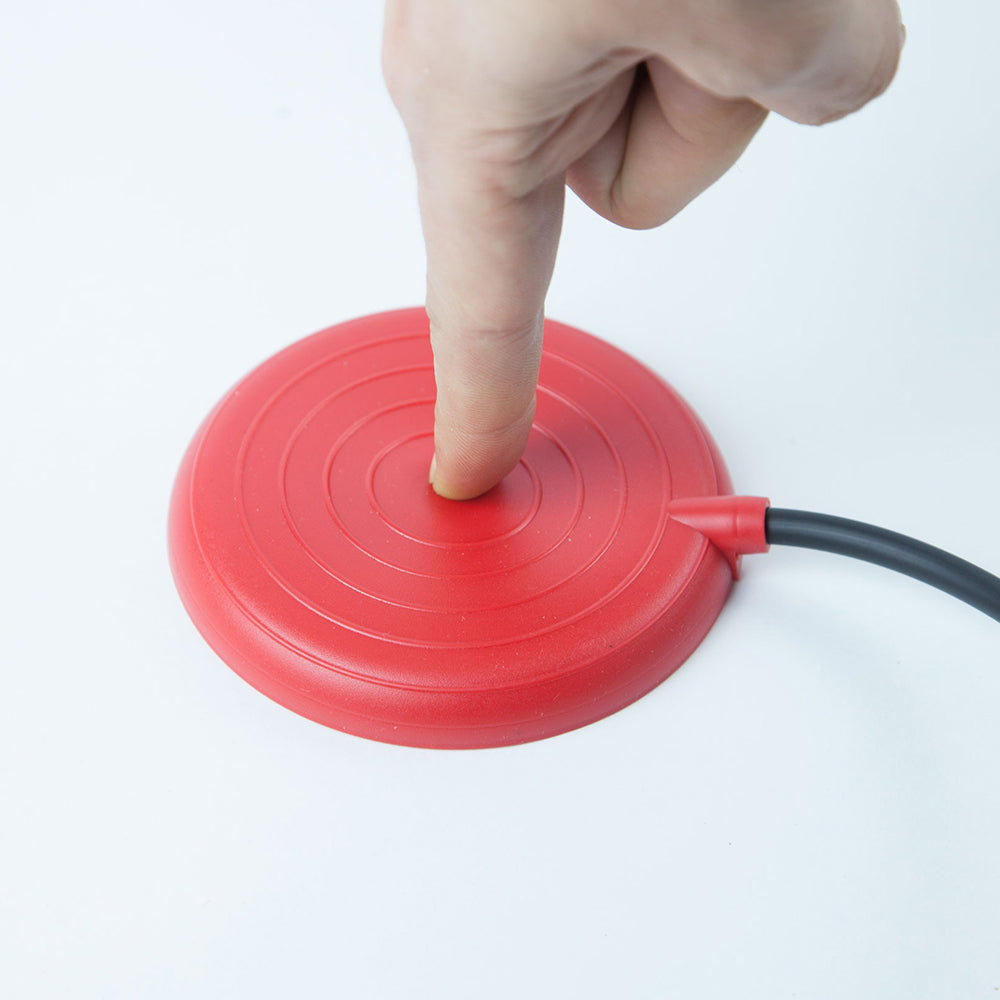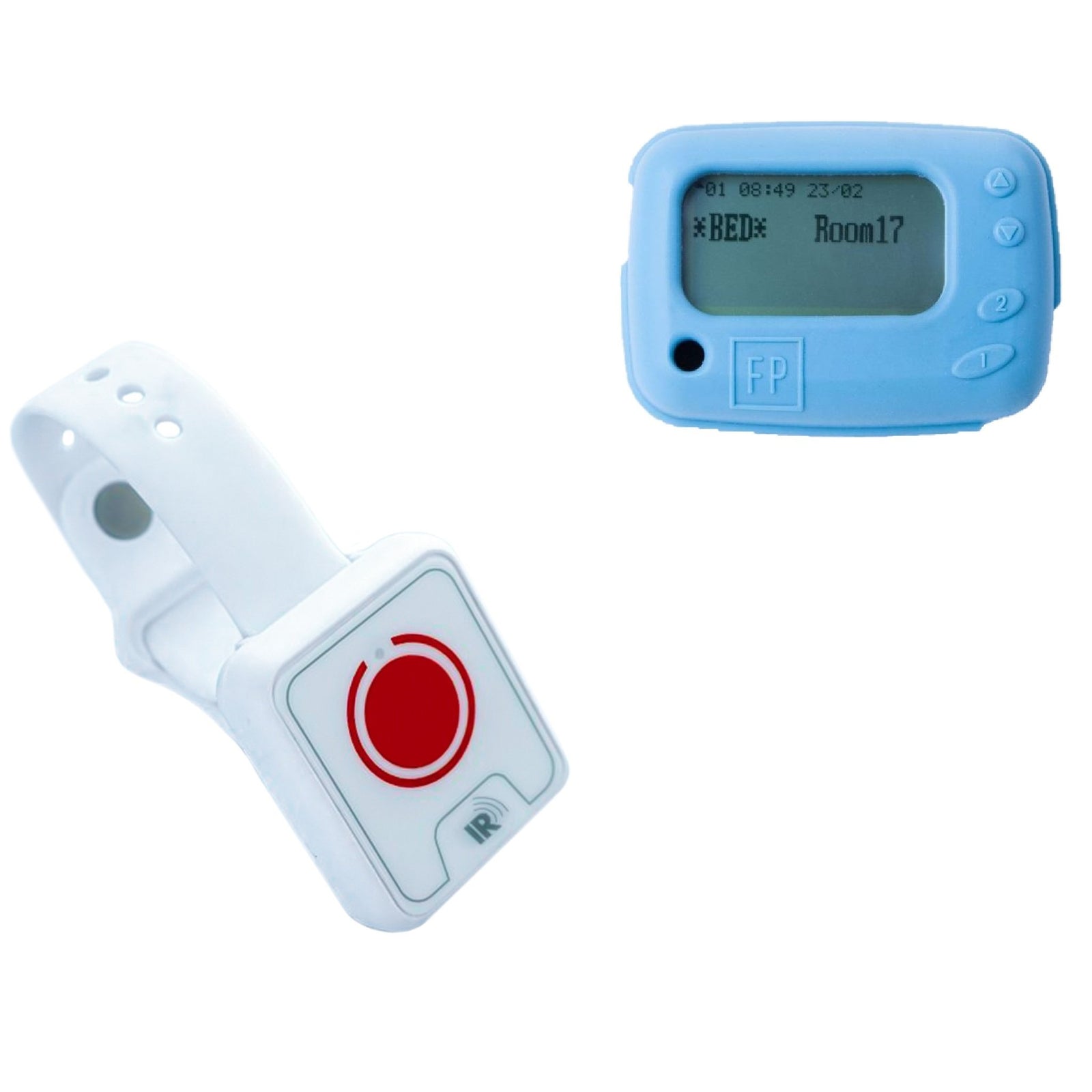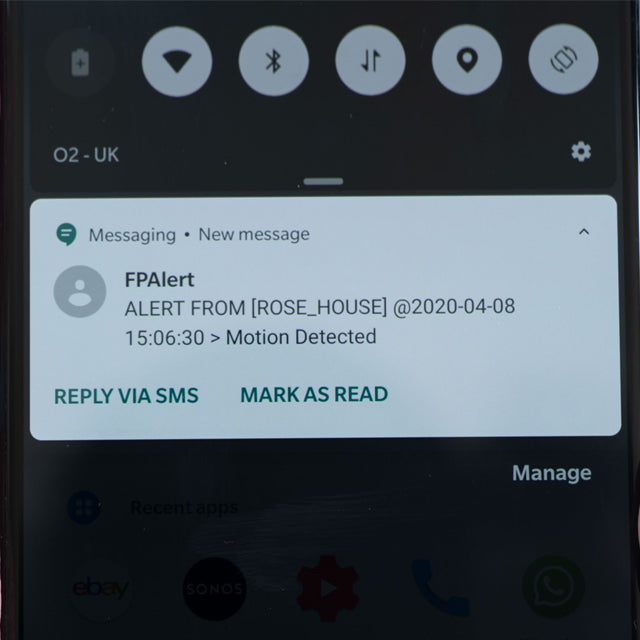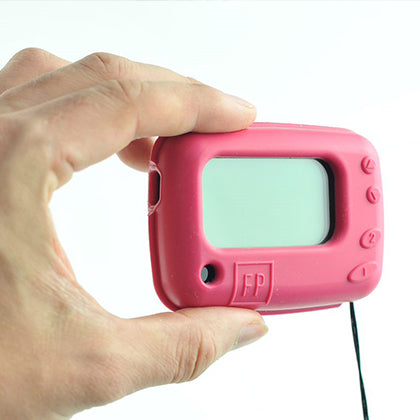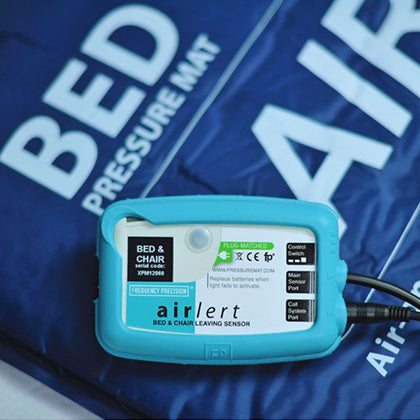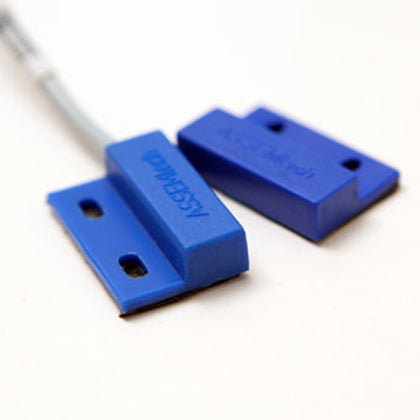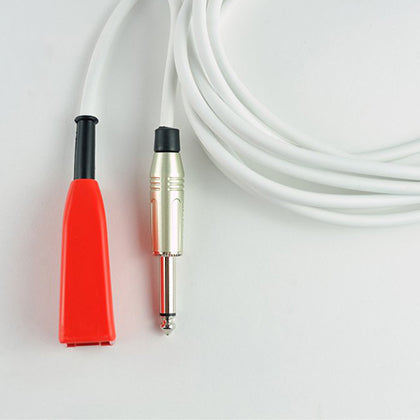
Whether you are employed within a home care setting, oversee operations within a busy care home, or simply require devices and accessories to ensure your nearest and dearest are safe, call buttons can provide valuable peace of mind. Functional and adaptable to your exact situation, call buttons can come in many forms, with particular types more applicable for home use, whereas others from Frequency Precision are ready-made for installation within hospital settings.
Redefining the world of senior safety and healthcare, within this detailed article, we'll take you through everything from the choices on offer, to how these modern gadgets function, and what to expect when setting up and installing. We’ll even provide some top tips on teaching the less tech-savvy individuals in your life how to use them!
Call Buttons Outlined
An absolute essential within care and hospital settings, emergency call buttons and interlinked bells are designed to send an alert to caregivers if a patient or family member has an accident, a fall or if they require general assistance. Often easy to press and accessible from a bedside or seated position, these systems can be wall-mounted or fixed to a dedicated flat surface. In most cases, patients or elderly individuals can call for help 24 hours a day, and if further help is needed, a caregiver can then call emergency services, friends or family.
Situational Use
In several situations, you’re legally required to utilise call buttons, and to keep them operational at all times. Used in a variety of different healthcare settings,these responsive buttons have use in residential care homes, nursing homes, doctors surgeries, dental practices, hospitals and mental health facilities to name just some suitable environments. By law, all residential homes and nursing homes must be equipped with a suitable nurse call system, though this does depend on the local authority governing the area. To be sure, investing in a handy system is always encouraged.
Alternatives And Conditions
Even in contexts where call buttons aren’t a legal requirement, they can be incredibly useful and practical. Alternatives to traditional call buttons come in the form of small wearable devices, which can typically be worn as a pendant or wristband. When activated, these send alerts to designated emergency contacts as a regular button would. Frequency Precision can also take you through alarm alternatives on mobile phones, with options for individuals located some geographical distance from the individual they would like updates on.
Easy Functionality
Explained from the very beginning, when an individual needs immediate help, they can press a button or pull a call cord to activate an installed alarm system. Both those in need and their appropriate caregivers can initiate a call using alarms, which can notify several parties at once. In some instances, once a patient calls for help (in a hospital for example), a nurse console will display the location of the patient, the call type, the wait time, and a number of other conditions dependent on the complexity of the system and console. Modern wireless systems can now track and log all incidents, so in a care or healthcare setting, incidents can be recorded and stored.
An Efficient Measure
Not only useful for communicating that an individual is in trouble, and requires assistance, call systems can quite literally be the difference between life and death. Unfortunately, missed care opportunities could lead to the worsening of health conditions and poorer overall health outcomes, while convenient systems can be used to request certain care, report pain, or report accidents in certain areas of a home or care facility, such as a tumble in the bathroom. Having a quiet environment is critical for the comfort of patients in many instances, and soundless systems which report directly to a console are often favoured.
Selecting Your Choice
With several system variants available, and assorted contexts in which to use them, you may be wondering which particular call button system is correct for you. Below are just a few popular choices, with information on what they are exactly, and how they function:
Wired Call Systems
Wired call systems unsurprisingly are wired up to a surface, and though usually cheaper than wireless alternatives, are no less efficient. More traditional systems which notify nurses and caregivers in a number of ways, these systems can be utilised in different contexts. They are often compatible with other accessories including easypress buttons and base stations, making them a practical addition to care homes, hospices and more.
Wireless Sets
Wireless sets are a step ahead of wired and attached systems in that they can function without the cables and obstructions of other consoles. Operating remotely and able to be monitored and tracked often through one dedicated system, wireless sets are among the most common you will encounter, and for good reason. Those who use these call buttons favour them for their easy use and convenience, with simple communication from room to room.
Mobile Phone Alerts
Call buttons with interlinked mobile alerts can be used from an even greater distance, with these systems able to seamlessly send a text message, app notification or prompt to a mobile phone from anywhere. This can be particularly relevant if you’re concerned about the care or condition of an individual, but cannot be physically close to them at all times. Paired with a wireless or wired communication device which can inform a carer, these systems are very useful.
Our Accessories
Accessories can enhance the use of a call button system, allowing you to do additional things with it, and improve current functionality. From devices to extend the proximity of a bell system being detected, to additional bells, take a look below.
Range Extenders
Available for several systems within the Frequency Precision collection, range extenders allow notifications from a call bell, from a greater distance than usual - ideal within larger buildings. Positioned in a home or hospital to significantly increase the range of a system, our repeaters will receive signals from a portable transmitter within a range of about 75 metres, though this can vary depending on the environment in question.
Message Display Boards
Wireless message display boards are an efficient way to communicate with a bedbound individual, or someone situated remotely in another room, without disrupting their peace. Simple to deploy, our message display kits will display messages from a huge range of wireless sensors and call buttons, and these can be either supplied with brackets for wall mounting, or can be free standing on a desk or nurses station. Customised to meet your requirements, these boards are fantastic in a number of scenarios.
Frequency Precision Ltd: Medical Alert Devices And Wireless Call Buttons
Looking to acquire a nursing home call button? Or an emergency call button for the elderly? At Frequency Precision Ltd, we’re well-versed when it comes to the provision of alert systems for both the home care and nursing home sectors, with an emphasis on accessibility, longevity and quality. Having been operational within the industry for many years, we have fast become specialists in telecare for hospitals, nursing homes and for home carers, designing and manufacturing sensors and pressure mats to monitor those in care.
Our products can alert carers when an individual leaves a bed, a chair, a room or a home, meaning instant action when you need to be notified. This benefit can of course give people increased freedom, alerting the carer only when necessary, and providing true independence. We’re confident that our products are the best assistive care alert devices on the market, especially popular with those caring for individuals with dementia.Contact us at your convenience for a quick chat about our range, or to discuss any other topic related to our products.

